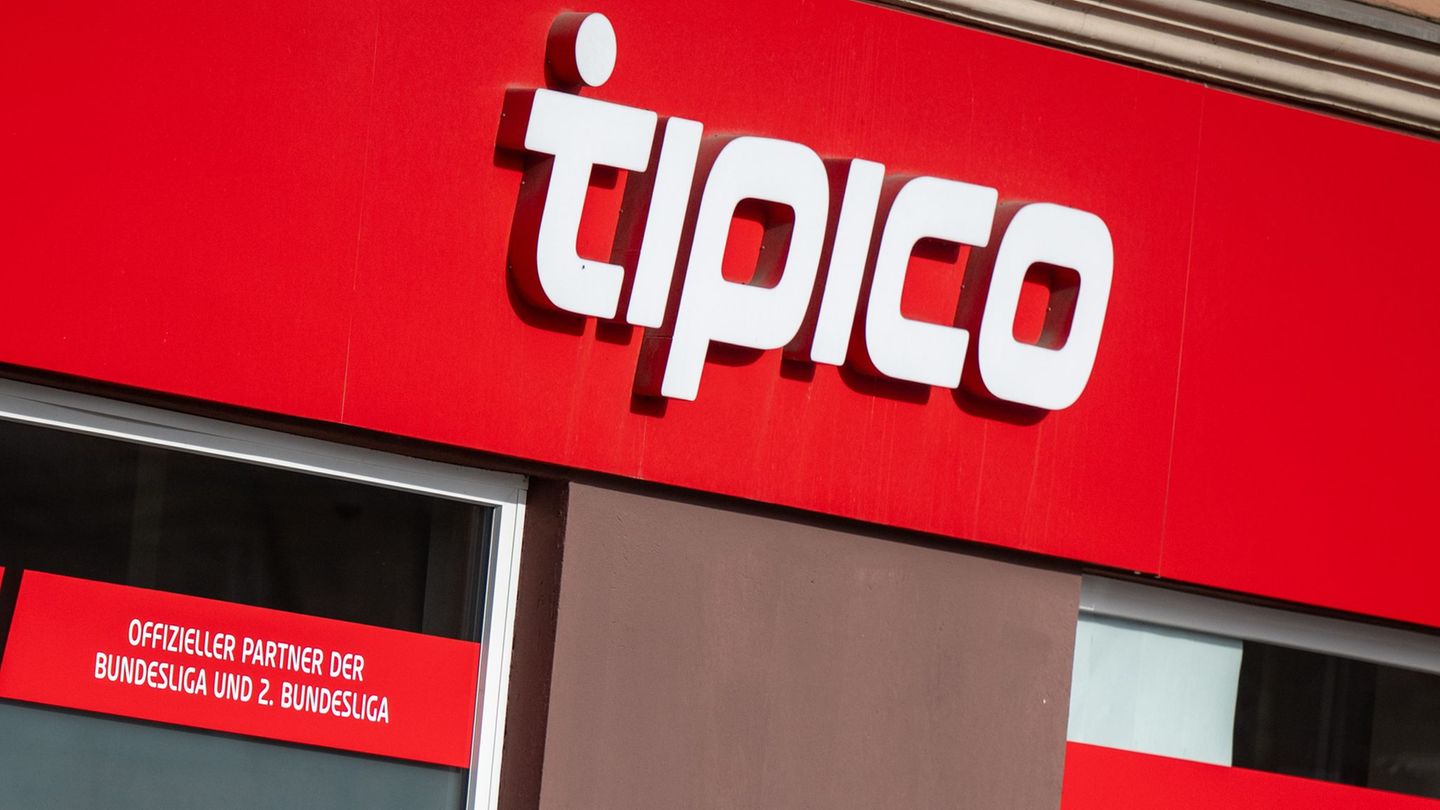As if this were not enough, nitrogen in situ allows: a saving in the budget, by eliminating the costs of contracts with third parties; increase job security and reduce the carbon footprint by avoiding the use of transportation.
What is nitrogen and why is it important?
Nitrogen is a colorless, odorless chemical element that naturally occurs in a gaseous state. It represents 78% of atmospheric air, together with oxygen which constitutes 21% and other noble gases. It is a dry, non-flammable and inert gas, which prevents the growth of bacteria and microorganisms. Due to its characteristics, it is a great ally for farmers and the manufacturing industry, although it is also used in fire prevention, molding, laboratories, electronics, welding, among others.
Nitrogen is obtained from two processes: cryogenic generation –typical of gas stations- through which it is obtained in a liquid state, and in situ generation. In the latter case, we always start from the treatment and understanding of the air through PSA and/or membrane technologies. To select the appropriate technology, it is necessary to carry out as a first step a review of the volume of m3 or liters of gas and the purity, a determining variable for the food and beverage industry, and an audit that allows defining the pressure of the compressed air installed or that will need to be installed. as well as the volume of air required to generate nitrogen.
In some craft breweries, for example, a level of 99.5% is used, 98% to store chips, and up to 99.9% when it comes to wines, to avoid the formation of bacteria and product contamination. Identifying the desired purity will allow selecting the correct equipment, since membrane technology is used for a purity level of 95%, while PSA delivers between 96% and 99.999%.
For companies that pack nuts, nitrogen is very important because it guarantees the freshness of the final product in that bag in which we buy them for as long as possible.
What are the applications of this technology for food production?
– Inertization: It is the process by which the oxygen present in a given atmosphere is swept away, resulting in a controlled environment that allows the raw material or product to be preserved for longer. In other words, it makes it possible to prevent the growth of microorganisms that degrade it.
– Purged: Vital practice to maintain a pipe or storage tank that is based on pushing the product by means of compressed gas, preferably inert to avoid contamination of the batch by direct contact with atmospheric air.
– Germination: optimize quality. Many times the harvest is industrialized after a year for reasons of operational capacity of the industry, since it is not possible to process everything at the same time. This implies that the beans must be kept in good condition for many months. If the storage conditions are not adequate, they lose their germinative power until they are discarded if they fall below 95%.
– Packaging of products: By preventing oxidation, whether in cans, bottles, or packets, nitrogen helps preserve freshness by removing oxygen and moisture from atmospheric air, thus prolonging the shelf life of the finished product and improving the consumer experience.
Resorting to the generation of gases in situ in agribusiness, especially in harvesting, storage and packaging, helps to better preserve resources and not waste them. In addition, both in situ generation technologies –membrane and PSA- use sensors that constantly monitor pressure, purity and volume, which allows the gas to be recirculated if it does not meet the parameters indicated for production.
Atlas Copco Industrial Air Business Line Manager.
Source: Ambito
David William is a talented author who has made a name for himself in the world of writing. He is a professional author who writes on a wide range of topics, from general interest to opinion news. David is currently working as a writer at 24 hours worlds where he brings his unique perspective and in-depth research to his articles, making them both informative and engaging.




